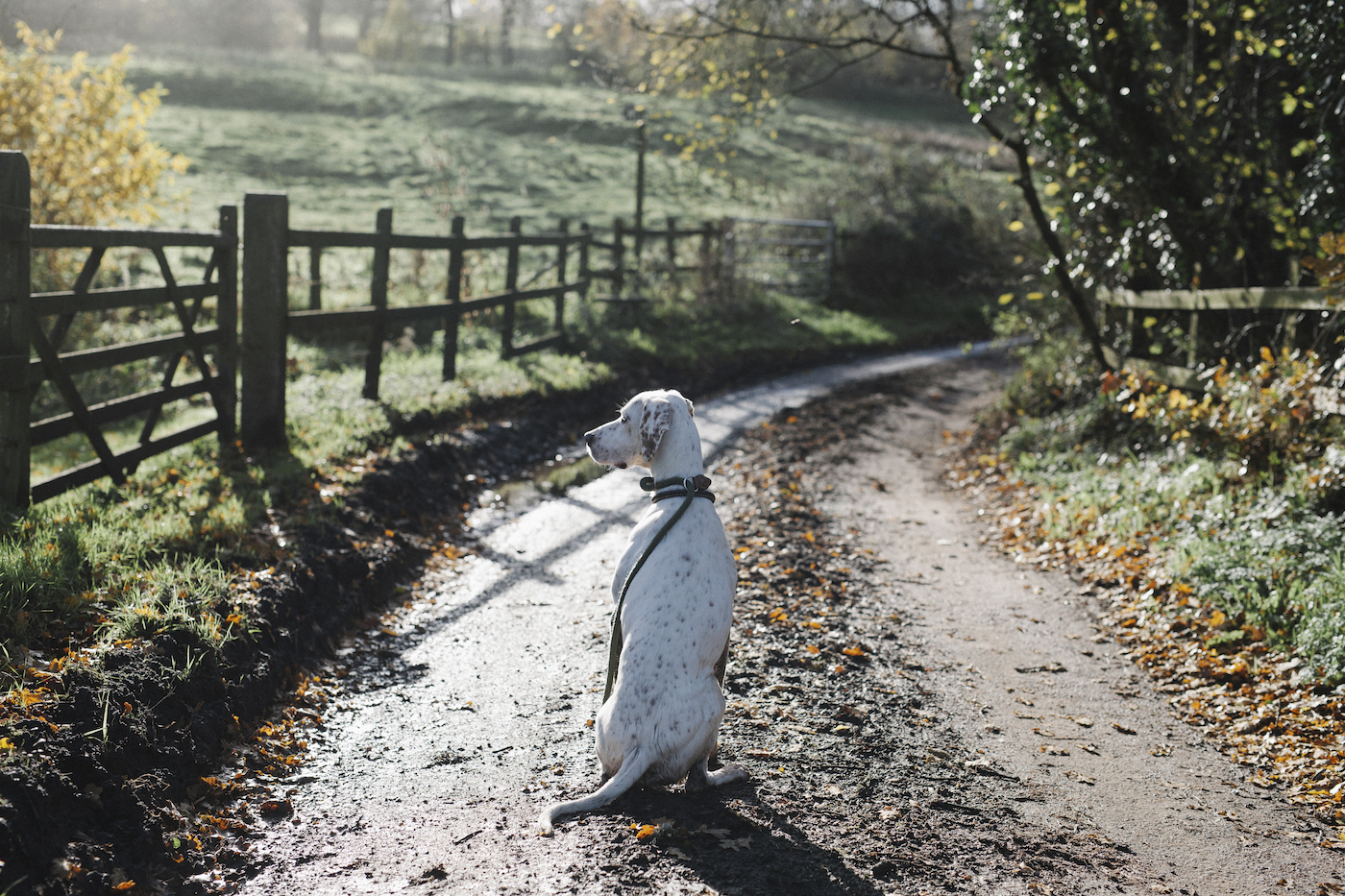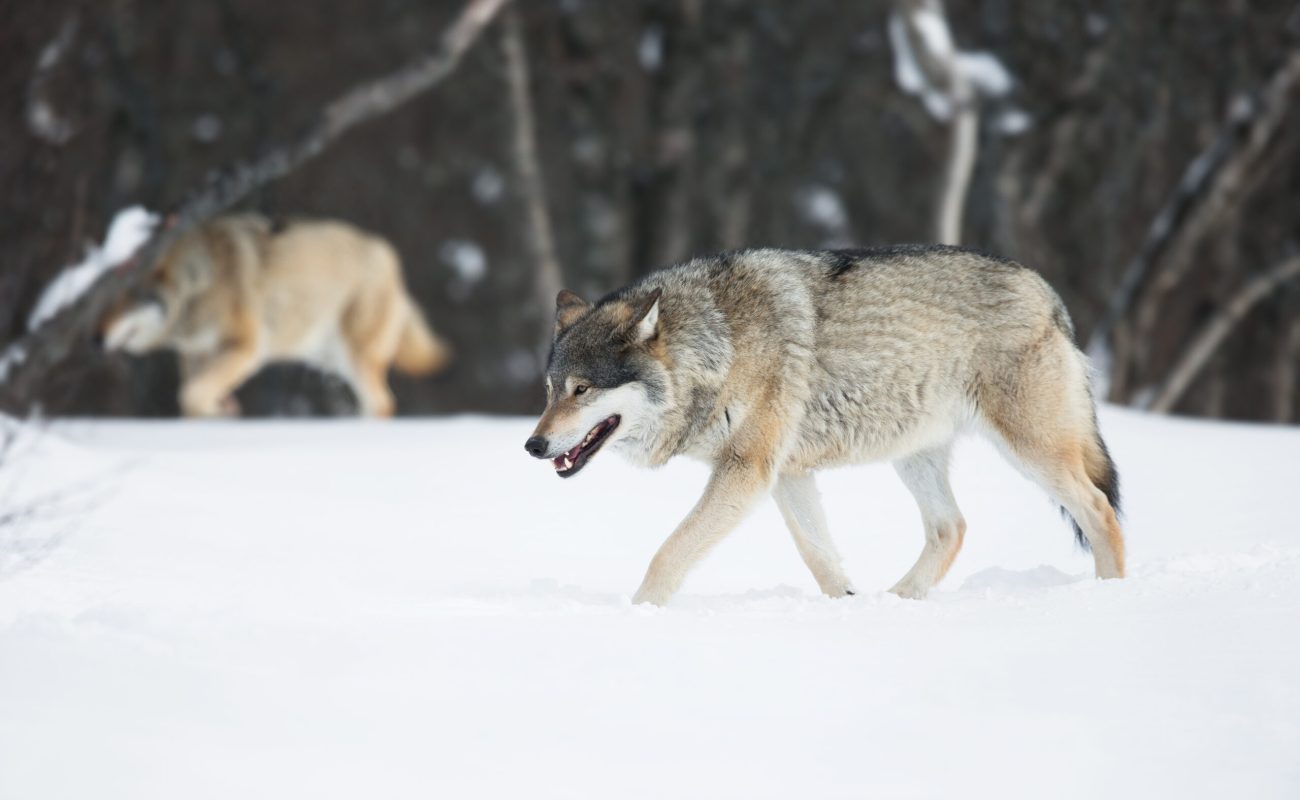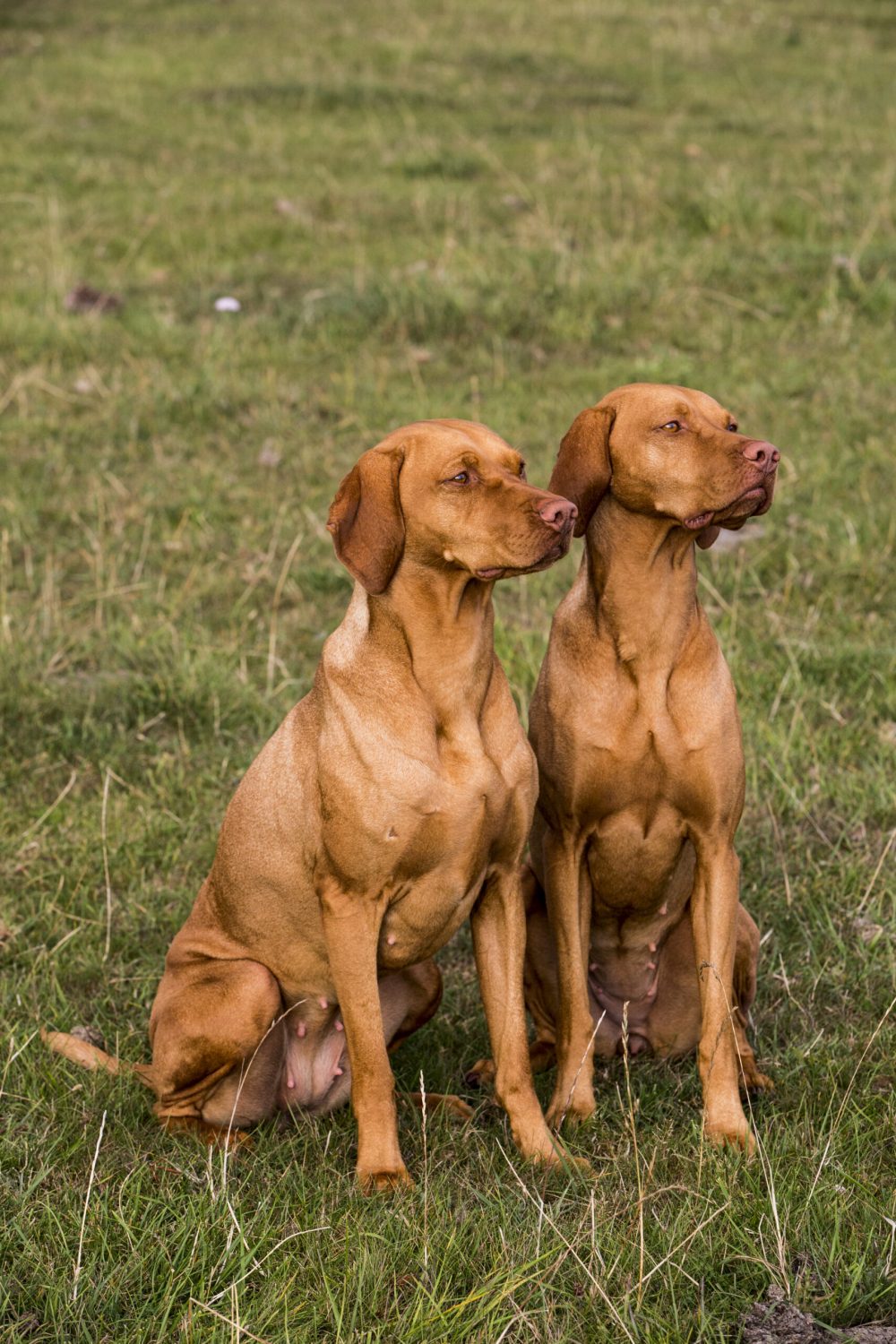
Canine Care Unraveled: Part 1
over the course of the past few months we’re hearing the words
Canine Care come up frequently,
TDJ: Donna, thank you so much for taking the time for this interview. We’re humbled and excited about having you collaborate with us, and I’m excited to hear about your experiences etc. First and foremost, tell me a bit about yourself, who you are, some of your history, etc.
DC: Okay. Well, I’ve shown dogs most of my life, and I graduated school as a nurse. I really wanted to be a veterinarian, but when I applied, back when my scholarship was at Purdue University, they told me to go work in a vet’s office and come back later and reapply, because they only take half a girl a year, which means they take one girl every 2 years. Today, most of the vet students are women, but not back then. I didn’t fall into that category, so even though I didn’t want to be a nurse, that’s what I became.
Collaboration of: Jonathan Lawler & The Dog Journal
I’ve raised dogs for a long time as well, English Mastiffs, shelties, and border collies, the black and tan ones, not the black and white ones. When I decided to quit my job as a nurse, I wrote a book, and it got published. I now look back on that book, and I didn’t think it was very good, but non the less, it got published. I’ve since written more books, in fact, my fifth book will come out this fall. It’s 72 chapters long, and it’s a book on helping you do just about anything you can possibly think of when you have a pet. From training, to what to do if you’re in a national disaster, to what you can do with your dog if you pass away.
I also work with seizure alert dogs, as well as school dogs. It’s becoming a huge thing for teachers to take a dog to school. Not all teachers in the building, but a lot of principles and things like that. They help calm kids down. They also are used as rewards when kids do the right thing, or they score high on an exam. It’s becoming a very, very big thing, school dogs are. By the way, I’m speaking at their national convention in October!
I studied under Andrew Luescher, and I graduated from his course at Purdue. He not only is a veterinarian, but he also has a PhD. in animal behavior, and he’s one of the very few veterinarians in the country that went down that path. But he did run the vet school at Purdue University, and he’s world renowned, along with the books he’s written.
To take his course cost $28,000, and it lasted for 4 weeks, and I had to study all day every day for 3 months. They gave you 3 months to study to take the test, and I believe the book I needed to study was close to 3,000 pages thick, so it was a lot of material. And then I even expanded on it because they only touched in the course how much of the gray wolf is still in the domestic dog a little bit. So, I decided to go out to Yellowstone National Park and study the wolves all on my own.

TDJ: Wow, so you actually went out and lived with the wolves for a while, is that right?
DC: Yes, for 30 days. I lived in the far northwest corner of the Yellowstone, in a town called Mammoth. It became a town when Teddy Roosevelt was President of the United States. They got down to only 12 buffalo in all of America because of the poachers and people hunting them and killing them. So, Teddy Roosevelt brought in some Texas longhorns, and then they brought buffalo in from Canada into Yellowstone Park. And now there are no more buffalo in America, they’re all bison, which have cattle in them.
There were people from all around the country, including a few veterinarians, that were there in the same group I was. It wasn’t inexpensive to go out there and do this, but I loved every moment of it. It was incredible. We got up at. two o’clock in the morning, and up we went into the mountains. It’d take us about an hour and a half to get up into the mountains where the wolves are, and then you’d stay there all day. You ate lunch up there, and you didn’t get back till dinner time.
They had 6 packs of gray wolves when I went there, and now they’re up to 13 packs. The park is enormous, and there may be 50 wolves in one pack and 8 in another. One of the most interesting things I learned was that they stare their prey down. To a wolf, it’s all about eye level, so when you get down or up to eye level, they feel threatened. That’s why children get bitten in the face, because you’re threatening the animal. Not all dogs do that, but they do have that instinct in them.
Outside a wolf’s den, which is often on the side of a mountain, there’s always a high point. That could be a rock, or stump, or something like that. Only the alpha male or female can get up on that rock. If a lesser wolf gets up on that rock, the pack will either kill it, or ban it from the pack, which is the equivalent of killing it, because wolves do not take a loner into their pack. That’s why you should never allow your dog to be elevated in your home. You can bring them up and let them sit on your lap and snuggle with them, but when you get up, they get off, and they should only be allowed when invited.
TDJ: So how does the actual good dog training video or class work?
DC: So, we start with house training. And then advance to cover absolutely everything you can possibly think of.
One big thing is on what kind of leashes and collars to use. I don’t use choke chains or pinch colors ever, because they make many dogs aggressive, and I’ll give you an example of that. If you’re walking down the street with your dog, and you see another person coming, you naturally check up on your dog to make sure you got control of it. So, if the dog gets pinched or chocked every time it sees someone coming, it doesn’t take that dog long to start becoming aggressive. We teach people how that doesn’t have to happen.
This training class is for dogs of all ages, and you would start an adult dog the same way you start a puppy, it’s just that it would go faster. It usually takes a good 7 months when you start with a puppy for their behaviors to become habitual in their mind, whereas if you start with a dog that’s maybe 6 months old, it takes about 4 to 5 months. You can teach an old dog new tricks no matter how old they are. Unless you get to 10, 11 years old, you probably won’t win at that age.
TDJ: Donna, in all your ears of training, what has been your biggest challenge?
DC: Training deaf dogs. I’m actually seeing one this afternoon. A lot of people get rid of their dogs, and they don’t even know they’re deaf. They just think they’re puppies that are out of control, because they can’t tell that they’re deaf. They still bark. They still do a lot of things that regular dogs do. So, you need to teach them sign language, and I teach the owners how to do that. So, you do sign language with a command, and even though the dog can’t hear you, that’s to make the person that owns the dog better.
TDJ: So, a breeder wants to endorse or use your program. Can you tell me how that works? Where do they start? What do they do?

DC: Well, they sell it, and they’re going to make money. If a breeder signs up to sell my classes, they make $70 of the $179 that the customer pays. You get a check every month for however many you’ve sold, it’s just that simple. You send the puppy buyer home with the video, and from that point on, they work with me directly, and at the end of the video I tell them how to contact me. I have things for them to print out, so they don’t forget what they’re doing. And believe it or not, I may hear from, I don’t know, 50 people a week, but it’s usually only one or 2 times over the course of them training, because they get into a groove, and it just works really well. By the way, I also do dogs in Australia, Kenya, Africa, and Britain.
The best part about having a breeder selling your class is that it cuts down on the chances of them getting the puppy back. It reduces the number of behavioral problems they will have, and behavior issues are the biggest reasons that people either return or surrender their dogs. I’m offering myself as a support, so that takes the load and the responsibility off the breeder. When you start with a good program like this, you barely ever get your puppies returned, and that’s something that the breeders I work with love.
TDJ: If you could narrow it down to one thing, what would you love most about who you are?
DC: Well, I’m a true animal lover, period. I mean, there’s 50 some horses on my farm, and I would love to have my kiddies come in the house, but my husband’s allergic to them, so they don’t get to come in. But we don’t have mice in our barn, and our cats are treated like royalty. I absolutely adore them! I love going to the zoos, getting to know the people that are in the zoo industry and how they do everything in a positive way.
When I go and teach my course at a zoo, it’s just amazing how they can transfer that training into what they do, even though the animal is wild. Does that make sense?
TDJ: It does! Anything else you would like to add before we wrap this up?
DC: Well, yes. I think my training program and the video are inexpensive. I do have a new one coming out that’s going to be shorter and a little more concise. It’s almost finished, and should be available by the time this goes to print. Again, behavior is the number one reason dogs are surrendered or go to the pound, and that’s never a good thing. So, this is a win-win for everyone!
TDJ: Donna, thanks for your support and endorsement. As you know, we’ve got some exciting ways to partner coming up, along with a spot on our website where members can ask you questions in regards to behavior. Thanks again!

over the course of the past few months we’re hearing the words
Canine Care come up frequently,

The group at PAWS has officially launched the long awaited and worked on Kennel Assistance Program, also known as K.A.P. This program was designed for breeders by breeders, for the simple mission of helping each other improve the industry and public perception of dog breeding one breeder at a time. Here’s the cool part, it doesn’t cost you as a breeder anything to participate, and you don’t even need to be a PAWS member.

The Dog Journal Canine Care: Part Three Hello from Perfect Match Poodles. This is the story of our experience with the Canine Care Certified program.

Today we sit down with Jonathan Lawler, also known as The Punk Rock Farmer, to talk about the documentary he’s producing called “Puppy Mill” This documentary is almost completed, and hopefully by the time this is printed, will be out there and available.